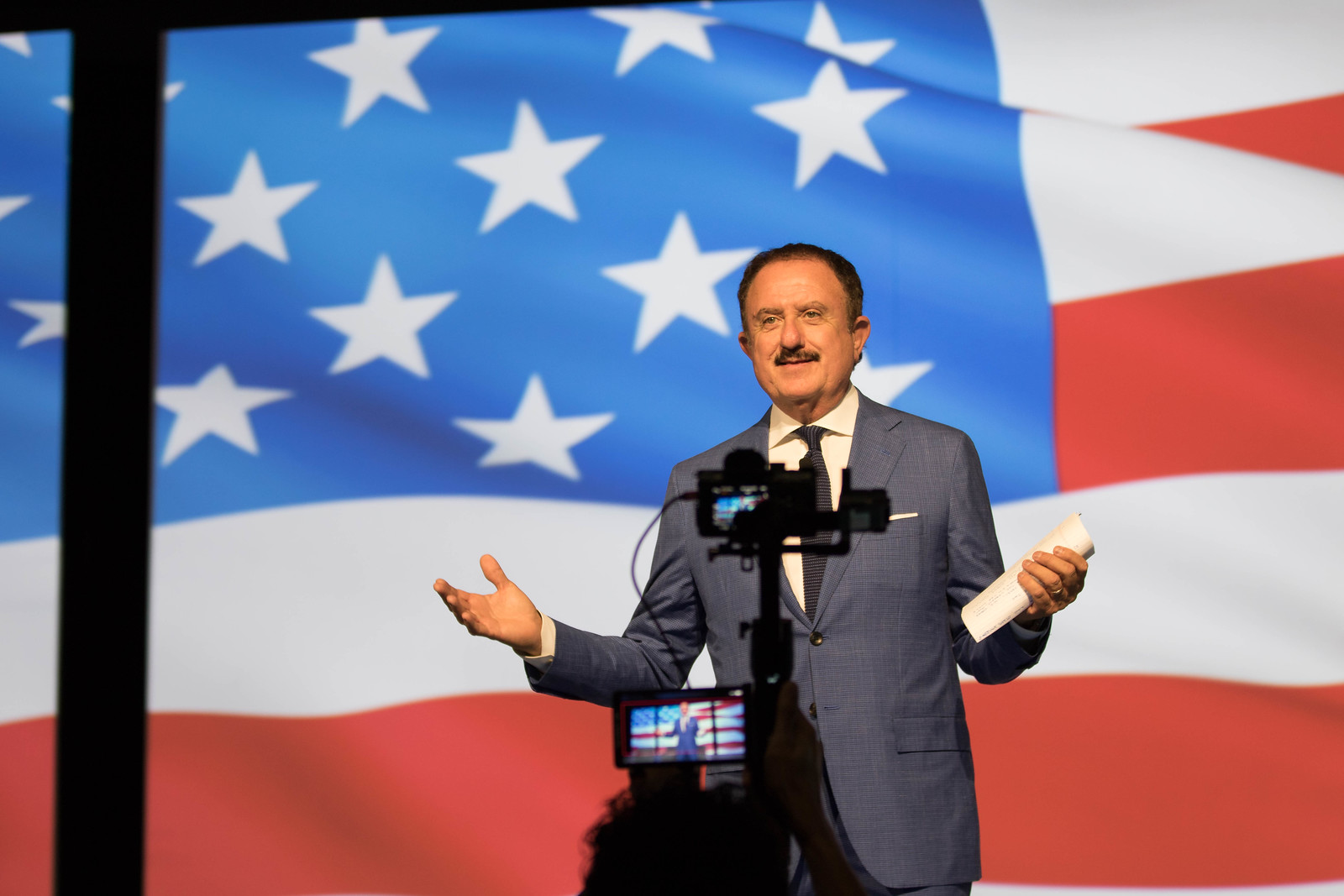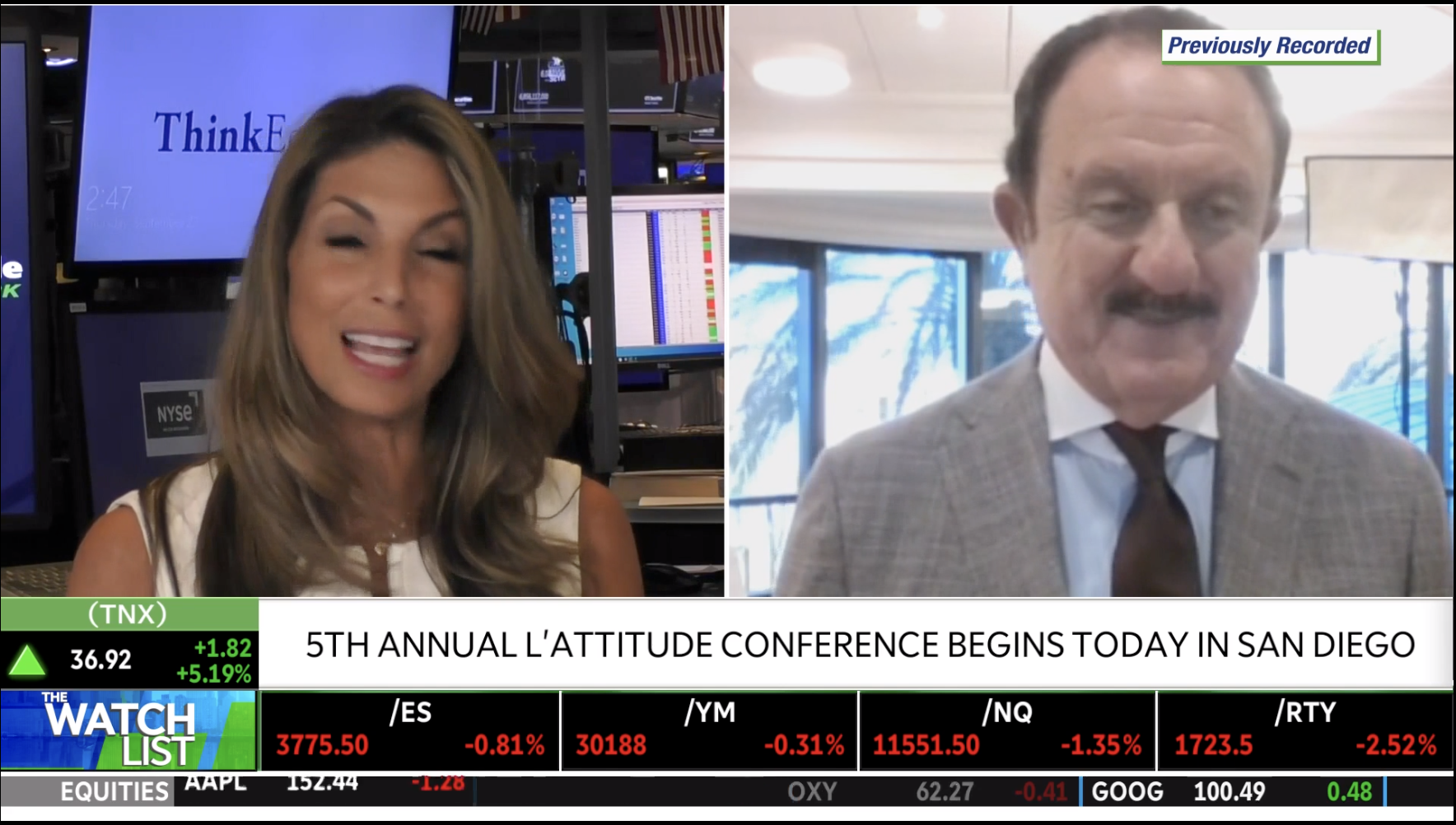
Diversity Begins at the Top
As the world becomes flatter, smaller, and smarter, markets are also becoming more diverse — both domestic markets as global migrations reach record levels and international markets that are, by definition, more diverse. Amidst growing diversity, all companies need leadership teams that look like and think like their markets. That means more diversity in the ranks of leadership — racial, ethnic, gender, and age. It also means that market realities and business imperatives are raising the bar beyond legal requirements to ensure equal opportunity — even in nations that don’t have formal affirmative action programs.
In fact, the case for diversity has many arguments. First, it is the right thing to do. Equal opportunity is part of our heritage — and it is increasingly accepted as a moral as well as a legal issue.
Second, population growth levels off in developed economies and as the workforce ages, the economic role of women and other minorities expands and deepens as workforce diversity also becomes an increasingly critical workforce availability and productivity issue.
Third, as the economic role of minorities expands in the US, the EU and most other developed economies, businesses need decision-makers and customer-facing staff who understand and can appeal to consumers with a variety of racial, ethnic, and cultural backgrounds and world-views. Reason: Different world-views and life experiences lead to different perspectives, opinions, preferences and points of view. In short, in addition to being the right thing to do, diversity increases productivity, fuels growth, helps expand the customer base, and promotes personal growth by encouraging people to operate outside their comfort zone.
Consider the case of Sol Trujillo, a seasoned American executive who has served as CEO of major enterprises on three continents — including US West (USA) and Orange (France). Trujillo served most recently as CEO of Telstra, Australia’s telecommunications giant where advancing diversity was a key pillar of an end-to-end transformation, including cultural transformation, executed over nearly four years — from 2005 through 2009.
In 2005, when Sol assumed his CEO responsibilities, Telstra had 6% women on its executive team. In May 2009, when he returned to his U. S. home, Telstra had 31%–a fivefold increase—of women on the Telstra executive team.
This gives women at Telstra nearly two times the representation of the 16% average of U.S. Fortune 500 companies! And nearly three times the representation of the 11% average of Australia.
One-third of Executive Team women in key roles
Even more impressive were the high-powered responsibilities Telstra women were recruited to fulfill.
• Deena Shiff, GMD Telstra Business—Deena was the sole woman on the executive team when Sol Trujillo took the reins at Telstra. Sol gave her new and expanded responsibilities to serve Small and Medium Enterprises, a newly-created profit-and-loss center that generated $3.6B AUD FY08 revenue. Deena grew FY08 overall revenue an impressive 8.6% with mobile growing 19.5%, outperforming the industry.
• Andrea Grant, GMD for Human Resources—Andrea was Sol’s first new woman appointed to the executive team in October 2005. She worked with Sol to recruit and develop the executive team and infuse the commitment to diversity throughout the organization, strengthening company-wide personnel evaluation routines, and establishing annual succession planning milestones.
• Holly Kramer, GMD for product management. Holly is accountable for the development and lifecycle management of the company’s $18+B AUD domestic product portfolio, including fixed, wireless, broadband and enterprise services. Holly is also the Ambassador for the Telstra Business Women’s Awards national program.
• Kate McKenzie, GMD for Strategic Marketing. Kate is also responsible for Mergers and Acquisitions and Strategic Pricing. She serves on the boards of Telstra’s major investments. Prior to this March 2009 appointment, Sol recruited Kate as the Group Managing Director of the Telstra Wholesale business unit in 2006 which gave her profit and loss experience to round out her regulatory and strategy experience.
• Nerida Caesar, GMD for Wholesale—Sol appointed Nerida to the executive team responsible for the Telstra Wholesale in March 2009, which generated more than $2.5B AUD revenues in FY 2008. She subsequently assumed additional responsibilities for the $4.6B AUD Telstra Enterprise and Government unit, providing services to large-scale enterprises.
Trujillo’s signature style of combining performance and diversity
Sol Trujillo continued his signature style of combining a passionate commitment to diversity and strong performance. Under his leadership, Telstra outperformed industry peers in key performance metrics. In fact, Sol Trujillo led Telstra from a bottom-quartile player to a global leader in growth. Beyond the Telstra executive team, Trujillo recruited women to other key operating roles. An outstanding example is Carol Johnson, whom Sol recruited to lead the turnaround of the $1.6B AUD Yellow and White Pages as Chief Operating Officer of Sensis.
When Trujillo announced that the Australian Yellow and White Pages organic revenue in FY08 grew by a world-leading 7.2%., he said, “I do have to say with a big smile that the print business, where many people had given up and relegated it to a no-growth business, we have a special team led by Carol Johnson and some other folks working for Bruce Akhurst who have done something that defies the laws of gravity around the world by growing our print directories 5.4%. Yellow and White Pages online directories grew by over 20%.”
Innovation and Customer-Driven Value through Diversity
Sol Trujillo led Telstra from a bottom-quartile player to a global leader in growth. He also innovated beyond the industry with a strong customer-centric approach to marketing so that mobile, broadband and media communications are marketed to key customer segments. Sol’s commitment to market based management–where the product’s value to different customer segments is emphasized–is another reason Trujillo sought to expand women’s participation in all levels of management and in every part of the company.
In a speech to the Future in Review conference , Trujillo said, “Women are becoming more important in the global marketplace not just as workers but also as consumers, entrepreneurs, managers and investors. Surveys suggest that women make perhaps 80 per cent of consumers’ buying decisions from health care and homes to furniture and food.” Further insight into Sol’s reasons for valuing diversity is gained by his remarks in this same speech, “So what does that mean for us as Information Communications and Technology leaders? It means that service and applications must cater to the needs of women. As the late Anita Borg said, ‘If only a narrow segment of the population designs products, don’t be surprised if products are relevant to only a narrow segment of the population.’ Women don’t necessarily want the same services and applications as men and it is mostly men that are involved in programming and software engineering. Whether or not your BlackBerry fits into your shirt pocket or clips onto your belt is irrelevant to women. What would be more relevant is whether a BlackBerry fits into a handbag, whether the keyboard can be locked to prevent unintentional dialing from knocking against sunglasses, whether the screen can be cleaned if it’s picked up by a toddler with sticky fingers, whether the screen is scratch proof from keys in the handbag and, finally whether there’s a choice in color.”
Legacy of Diversity Excellence at US West
At Telstra, Sol Trujillo built on the legacy of excellence in diversity that he helped develop at US West. At the last US West Officers’ Conference over which he presided as Chairman, President and CEO, in early 2000, Sol included a report on US West’s three decades of progress in diversity. CEOs Jack MacAllister, Dick McCormick and Sol Trujillo had all been committed to improving diversity during their tenures as leaders of US West.
The US West had raised the glass ceiling for women from middle management in 1972 to the Top 5 officers in 1999. Sol named Betsy Bernard as one of the top 5 officers on his executive team and 27% of all officers on his senior team were women. This was more than double the 12% average at Fortune 500 companies at that time.
US West Board of Directors had more than 2x the number of women as the average for Fortune 500 companies at that time — 18% for US West v. 7% for Fortune 500 boards at the time.
At the end of Sol Trujillo’s tenure at US West, a woman at the company made 84 cents for every dollar that a man at the company made. This was 11 cents better than the U.S. average of 73 cents at that time.
Diversity for men and women of color at US West also exceeded that achieved by other Fortune 500 companies.
“I have never known of a successful company that said it succeeded with the efforts of just 50% of its employees. Diversity has always meant improved performance. Only when everyone believes they have a chance to succeed will everyone contribute their best,” said Sol in 2000.
US West’s record on diversity was widely recognized with many awards — including the Ron Brown Corporate Award; Fortune’s Best 50 Companies for Minorities, Working Mother Magazine’s 100 Best Companies for Working Mothers, Human Rights Campaign’s One of the Best companies for Gays and Lesbians, INROADS Summit Award for largest increase of interns hired and Women in Cable and Technology’s Forerunner Award.
Trujillo’s commitment to diversity at US West was also matched with a track record of performance. US West achieved 200% Share-owner Return during his tenure from January 1997 to June 2000—twice the Telco Index and three times the Dow Jones Average.
Across companies, across continents and across time, Sol Trujillo has proven that significant progress in diversity can be made in a short timeframe. And he has linked that diversity to strong business performance measured by top and bottom line growth, innovation, marketing prowess, and total share holder return (TSR).

